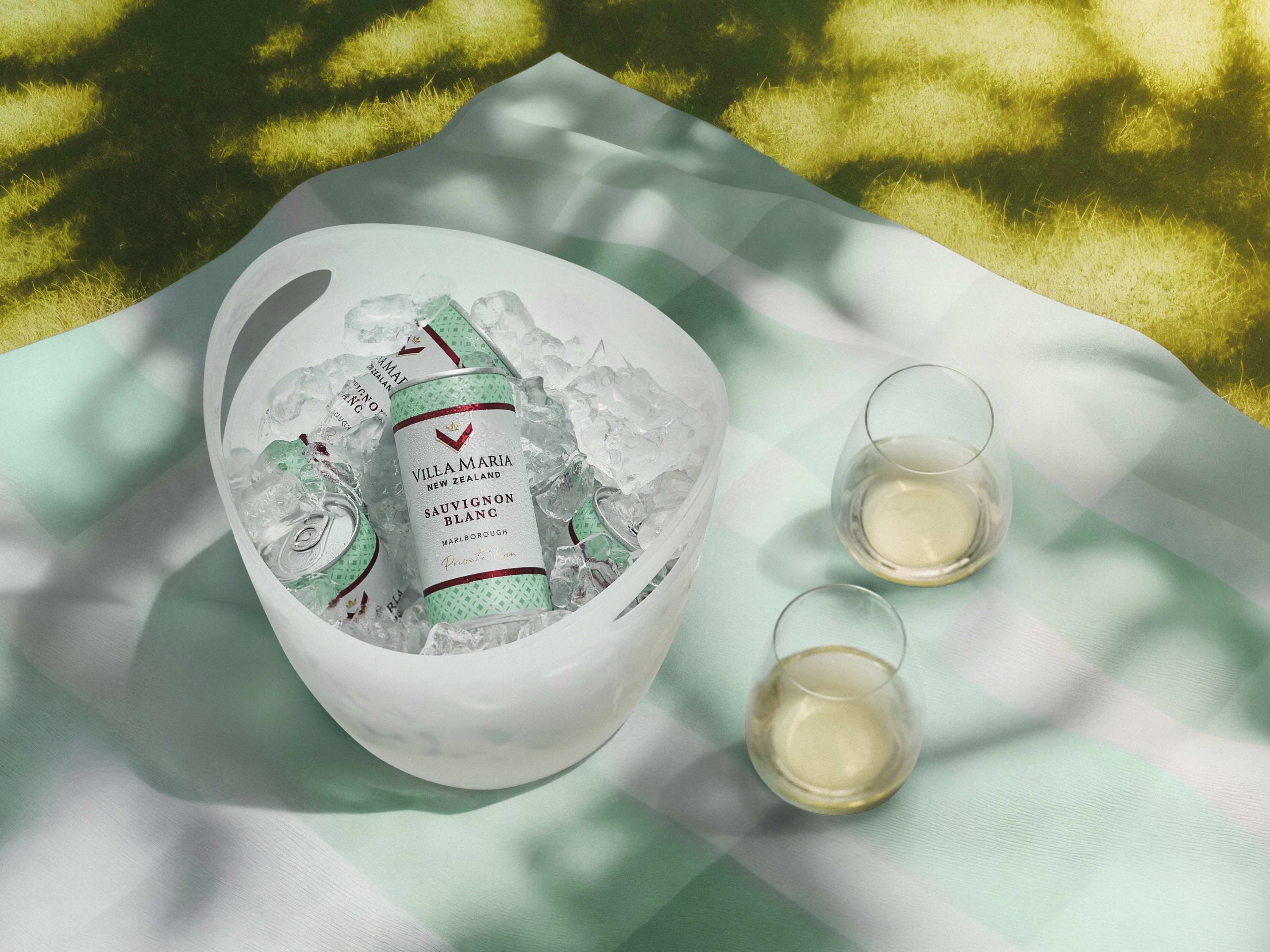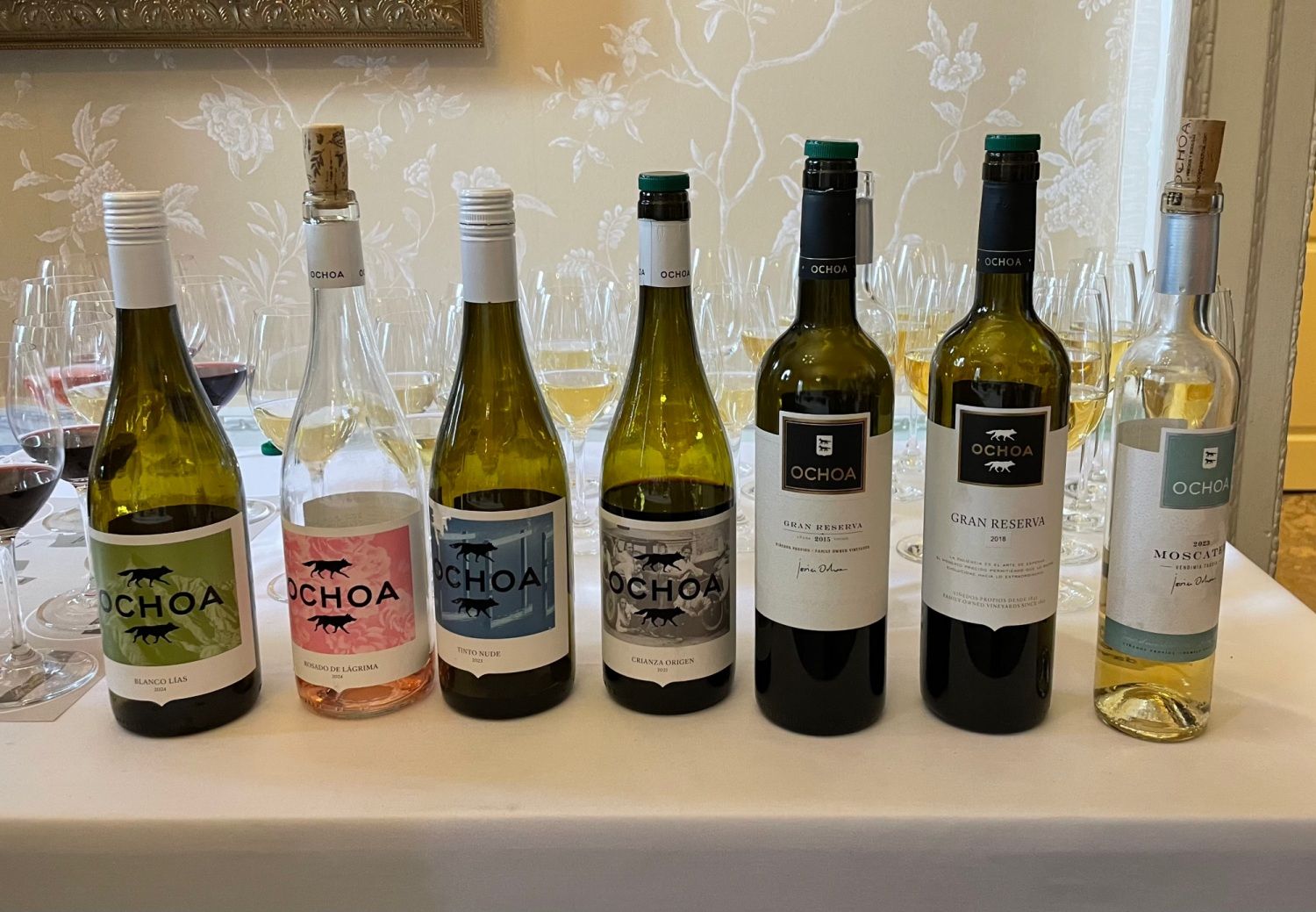The Buyer’s Stellenbosch Business Report has been produced in partnership with the Stellenbosch Wine Routes and is a comprehensive analysis of what is taking place across this vital region of South Africa.
Click here to download the full report.
The overall mission of the Stellenbosch Cabernet Collective is clear and simple – “to publicise the unique African legacy of the region’s Cabernet”. To do so it has put in place its own highest standards that its members need to live up to and keeps to them through the pressure of peer reviews. It is the producers themselves that are driving each other on, and it is only the best of the best that the region puts forward for the world to taste and discover.
Cabernet’s success in Stellenbosch starts from the ground up and the fact the vines are largely planted in well-draining soils, based mainly on the granite that rolls down from the mountains. Maintaining the right levels of water and heat for Cabernet vines to thrive. Helping to make more Old World styles of Cabernet, with dry tannins and a slightly herbaceous character.
It was five years ago when Stellenbosch’s primary Cabernet producers decided to come together to set up the Collective.
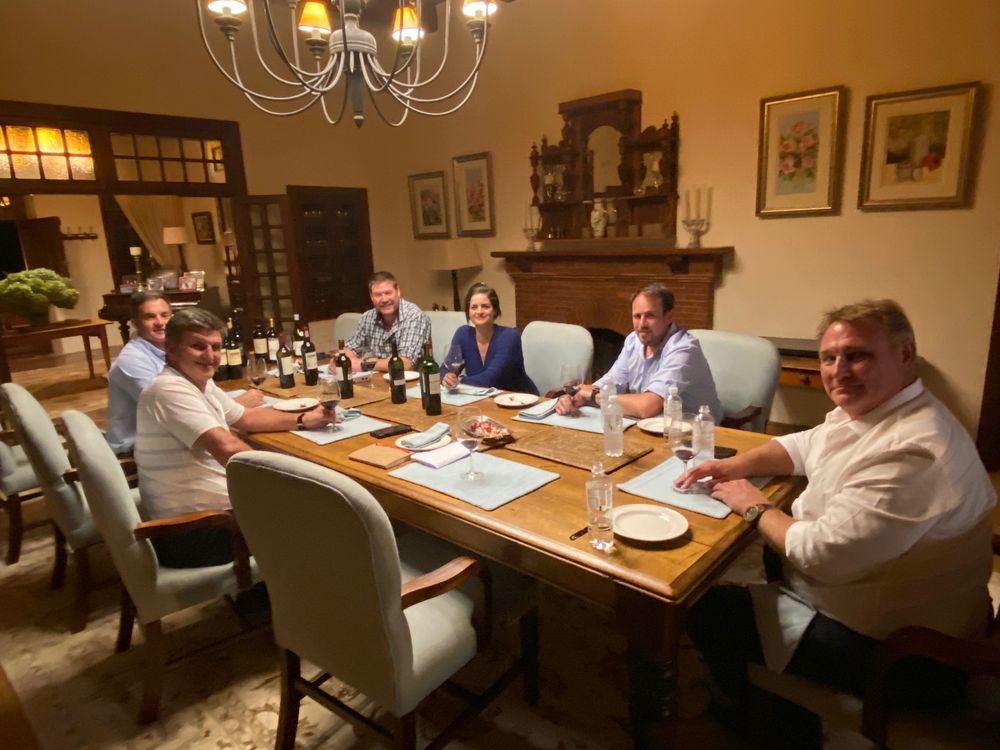
Members of the Cabernet Collective join Jean Engelbrecht, owner of Rust en Verde, at his historical home to discuss the future of Stellenbosch Cabernet
“Every producer wants to make something out of something,” is how Jean Engelbrecht, owner of Rust en Vrede, that sits on an estate that dates back to 1694. “We though the Cabernet Collective was the best vehicle to present Stellenbosch and what Cabernet is all about here.”
Location, location, location
Location is key for Cabernet in Stellenbosch, says Louis Strydom, managing director and winemaker at Ernie Els wines, that relies on Cabernet for 60% of its production from its north-facing vineyards on the slopes of the Helderberg Mountain.
“Cabernet is the focus of what we do and we want to show what it does across different styles,” he says. “It is also the different aspects where we can grow Cabernet that brings variety and diversity within our Cabernet as well.
It is being able to introduce different ‘components’ of Cabernet, grown on different facing vineyards that allows him as a winemaker to have so many more parcels of fruits and flavours “to build into your wines”.
Warren Ellis, winemaker at Neil Ellis, agrees: “There are so many more micro climates in Stellenbosch. It’s why it’s not renowned for producing one style of wine. There are so many options and you can produce Sauvignon Blanc and Cabernet Sauvignon on the same property at different altitudes. Cabernet has so much potential here thanks to the different soils, slopes and altitudes that we have.”
Carl Shultz, winemaker at Hartenberg, says producers in Stellenbosch are very lucky to be where they are. “People like to talk about sense of place and identity. This is Stellenbosch. This is what people outside the region aspire to have.”
Morné Vrey, winemaker at Delaire Graff, says the Banghoek Valley has become synonymous with both Cabernet, as well as Chardonnay over the years. Again it is the region’s diverse soil types that come from its undulating hills, craggy mountain sides and cool maritime influences.
Viticulturist, Kallie Fernhout, says of the region’s micro-climate: “I think what makes the Banghoek Valley special, is the combination of factors. The diversity found here, from decomposing granite to rich red clay soils, accompanied by the elevation and cooler climate creates a unique and special wine region.”
Vrey says the winemaking team has to work hard to “control its tannins” and there is a “lot of crafting going into these vineyards” to get the taste and fruit it is looking for.
Managing the power
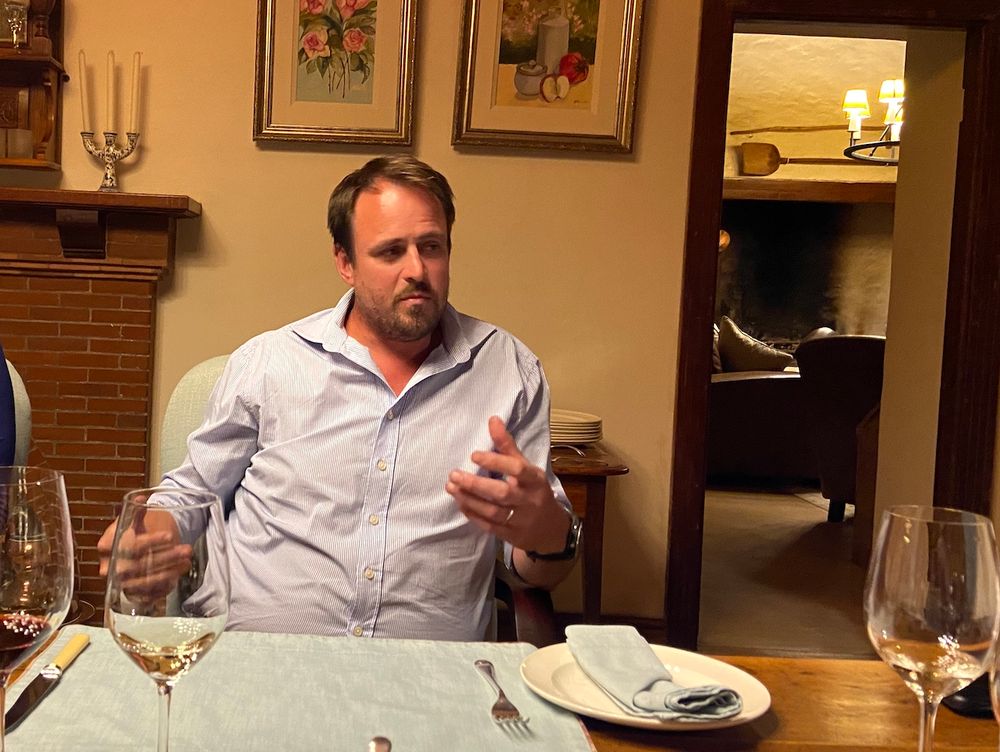
Warren Ellis, winemaker at Neil Ellis Wines, says the micro climates of Stellenbosch give winemakers so many options to make different styles of wine
In recent years winemakers have also been turning to different ageing and fermentation vessels to help bring different nuances to the Cabernets they are making, be it concrete eggs, terracotta pots, amphora, or stainless steel tanks, says Strydom.
He says Ernie Els’ location on the slopes of the Heidelberg mountain helps “give us a lot of power to the wines and by using different vessels we can manage that power and make the wines more subtle”.
He adds: “It was easy for us to make big wines in the past. Now we are looking for more balance. Using these different vessels helps give us more balance and finesse. There are no silver bullets between them they just help us look at the wines in a way we had not done so before.”
Engelbrecht agrees: “We went through that important stage when we thought our wines had to be big and sit up in the glass. But that has all changed now. We are looking to make elegant wines. That’s the key.”
Johan Jordaan, head winemaker at Spier, says Stellenbosch has learnt to be like a jockey riding a race horse where its winemakers now know how to “rein the wines in when we have to”. Winemaking in Stellenbosch, he adds, is a “complete new ball game now”. “Our Cabernet should have energy but it should also be balanced.”
Engelbrecht adds: “It’s easier for us to make a Cabernet where we are reining in the style a little. It’s getting that balance right. Stellenbosch has a full-on Mediterranean climate so we can be more consistent as we don’t have the extreme weather patterns.”
It does, though, have the winds that come through from the different oceans and bays that can have a big influence on the vines, says Ellis. “Every vintage for that reason is different. It’s like the duvet test. How long in the summer do you go before you put on the duvet at night.”
It’s also the porous soils in the region, adds Ellis, that often means it is having to work with smaller, more concentrated berries that have to be carefully handled. “We have to look at how we can control them.”
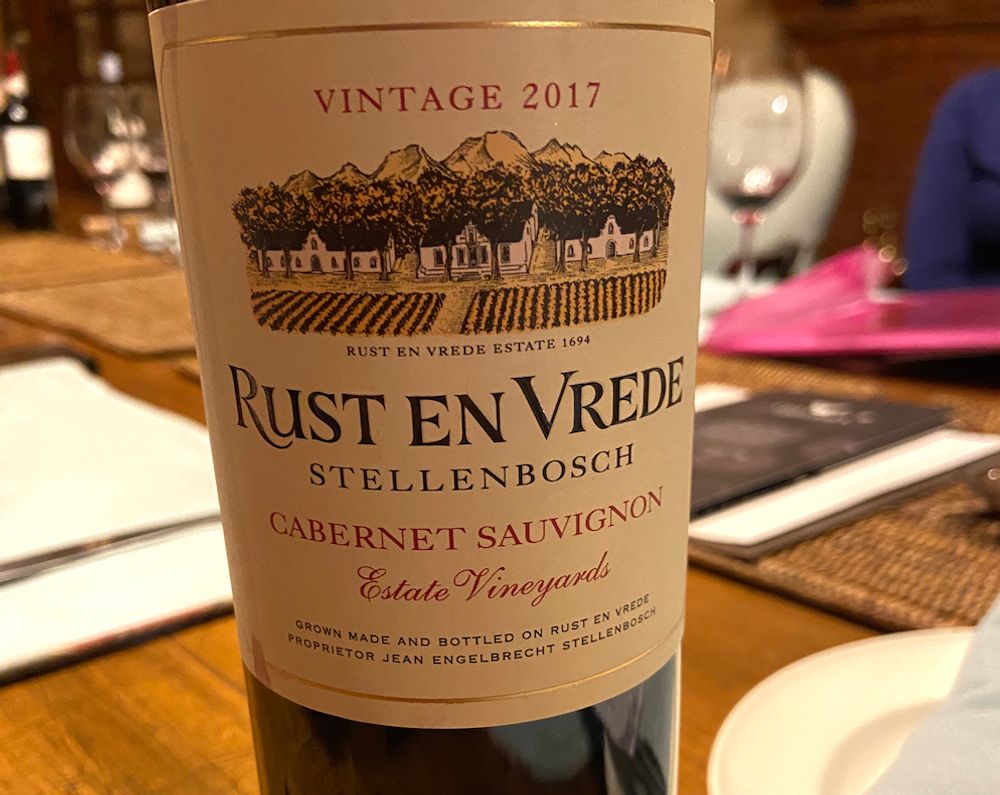
“It’s easier for us to make a Cabernet where we are reining in the style a little,” says Jean Engelbrecht, owner of Rust en Verde
That said Stellenbosch is blessed with the big changes between night and day temperaturesthat you don’t get in other parts of the country, says Jordaan.
Using different and bigger vessels is all about “better tannin integration,” says Shultz. “We don’t need the oak tannins. We have the tannins already in the wine. From a South Africa and Stellenbosch perspective we have moved fast to invest in these new vessels.”
He believes changes in weather patterns, climates, winds and soils are all playing into the hands of Stellenbosch producers. “It is helping to lift the standards of Cabernets being made in the region.”
Diversity is key
Jordaan at Spier, says Stellenbosch is “such an interesting place to be a winemaker”. He adds: “We are not seen as an Old World wine country, but our wine history goes back to the 1650s. We don’t fit into the Old or New World exclusively. It is the same with our Cabernets. We don’t fit into a classic Bordeaux style, or Napa, or Patagonia or Chile. We sit on our own. We are more of gateway wine country to go from one to another.”
It does, though, follow the New World in wanting to try new things and test out different ways of making wine, both in the vineyards and in the cellars, he says.
“That’s what is so interesting about working with these different vessels and moving away from stainless steel. That’s what our previous generations used to do. That said a lot of the winemaking in South Africa is what takes place in the vineyards,” stresses Jordaan. “We are viticultural winemakers not marketing winemakers.”
The 2017 is probably the stand out vintage of recent years, he says. “It followed on from the 2015 in terms of good quality Cabernets in the region. 2017 is proving to be a stellar year.”
Jordaan says there is more of a “graceful elegance” in the 2017 vintage compared to what you might call a “powerful elegance” in the 2015 vintage.
“They are more restrained and balanced,” says Strydom.
Higher prices

The Cabernet Collective producers are united in their bid to see the average price of their wines increase around the world in recognition of the quality wines they are producing
One of the key objectives of the Stellenbosch Cabernet Collective is to raise both the standards ofthe wine, but also the prices that producers can rightly charge for them.
“We need to have aspirational, high priced Cabernets to help the region as a whole,” says Shultz.
“To become global players we need to have higher priced wines,” agrees Strydom. “It’s also important if we are going to enrich our growers and ensure they get a good price for their grapes, so that we can all carry on in a profitable way.”
Engelbrecht says the region also realises it is going to take time. “It’s a slow process. You don’t. Just take a wine from £5 to £15. The market won’t accept it. There are lots of influences we have to work on. It’s why South Africa being seen as a supplier of good value wine throws up so many negative connotations.
“The Stellenbosch Cabernet Collective is certainly helping to do that. But we are not going to get there overnight,” he adds.
It’s a concern he has for some of the region’s younger winemakers who do not have the long term experience. “It’s whether they understand they have to bide their time and are looking for a quick response. It’s now a quick process.”
Rust en Vrede, for example, is currently going through a long term re-planting programme which has been going on since 2010. “We have done around 80% of the property,” says Engelbrecht. It is now having to manage those new vines and clonal selections in its wines. “But it is all about Rust en Vrede making the best Cabernet it can make.”
Strength in numbers
It’s why the Collective has such high standards and to become a member you have to prove you are making very good quality wines. “We are not trying to exclude people,” stresses Ellis. “You just have to reach the standard of wine. As we grow that standard will only go up.”
It’s a win-win for everyone in the Collective if a producer does well, says Shultz. “If you are successful then it pulls everyone in the Collective up. It is an aspirational environment to be in and means you can talk to other producers about the wines you want to make and how do you get there. We all network and learn from each other.”
One of the key events of the years is when all the members come together to do a vintage comparative tasting.
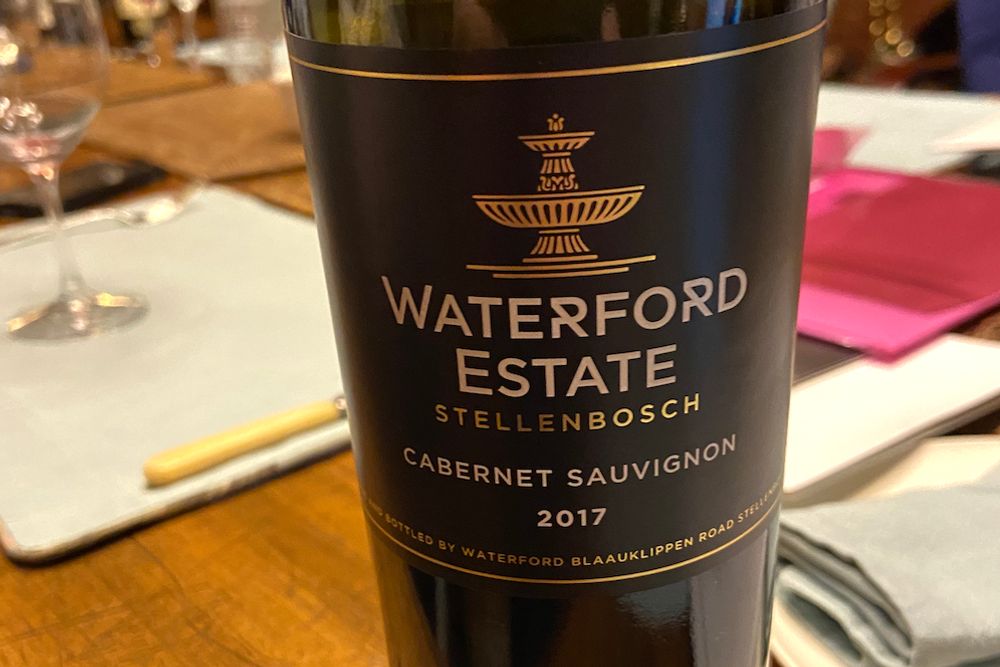
The Cabernet Collective work hard to host events around the world to showcase their wines
“You get the chance to taste each other’s wines blind and then discuss them,” says Ellis. “It’s such an important time of the year for us all. Particularly for younger winemakers looking to grow and learn. It’s a chance to taste each other’s wines and see where they all sit. We all strive for better.”
Shultz says the Collective also represents the “generational conservation” that has to go on to make good Cabernet. Lessons learned over decades that can be applied for the future.
“It is also not cheap to make Cabernet. It’s a long term commitment and you don’t make a world class Cabernet Sauvignon in two, five or even 10 years,” he adds.
Engelbrecht likens it to waiting to “beat the All Blacks on a wet Sunday in Christchurch”. You have to wait your turn.
Ellis agrees: “It takes 10 years to understand the vineyards and then another 10 years to devise a winemaking plan to bring out the best in that vineyard.”

Richard Siddle was the guest of Jean Engelbrecht, owner of Rust en Vrede, centre left, and other key members of the Cabernet Collective
It’s why Neil Ellis will work with a number of growers in the Jonkershoek Valley in order to source the right fruit. Growers that are on long term contracts to supply it with the right quality fruit it needs. “We have been working with them for a long time. Everything starts in the vineyard.”
It also requires time to bring your wines to market says Strydom. “You also have to be patient in the cellar. It could take five years to bring the wine to market, or even longer.”
Jordaan adds: “Our wines need to be five or six years old before we start selling them.”
Wines that are then ready to compete with the best Cabernets in the world.

